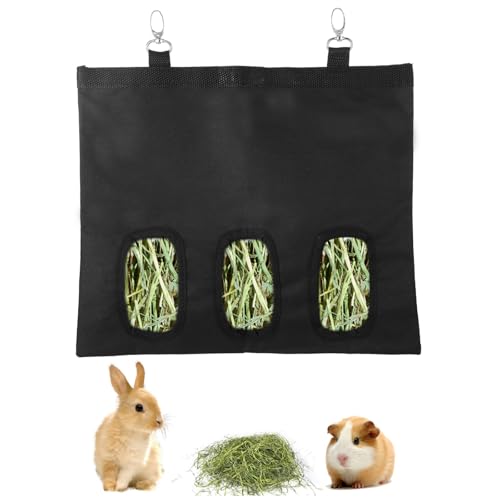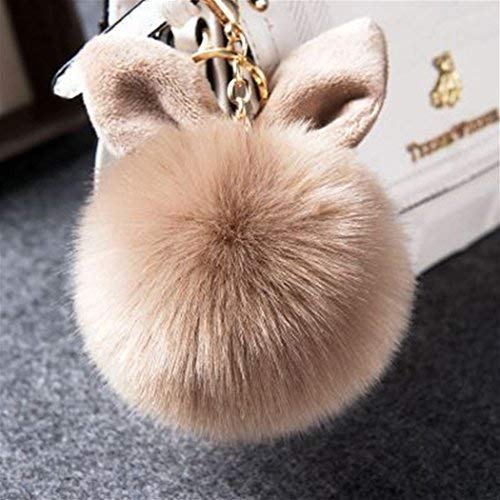This is really interesting @Bekah-n-Tennessee, I am sorry you have also had this experience. I have been thinking about bio-security since this happened. I can now see there are lots of things I can do differently. The trouble is I have no idea how the virus got in, netting sounds like a good way to stop flys and mosquitos. I don't invite anyone onto my land, it is just myself and Mr NZ.
I think I tramped it around on my shoes and hands once it was established. I didn't know what was happening or how my actions were contributing to the spread.
It sounds like you have established a vaccine protocol that works well. I wonder if there are other general precautions that seem to be helpful as general good practice and also when TSHTF.
I think I tramped it around on my shoes and hands once it was established. I didn't know what was happening or how my actions were contributing to the spread.
It sounds like you have established a vaccine protocol that works well. I wonder if there are other general precautions that seem to be helpful as general good practice and also when TSHTF.

































